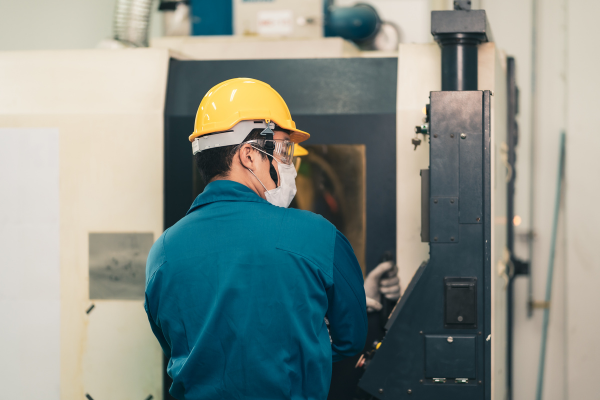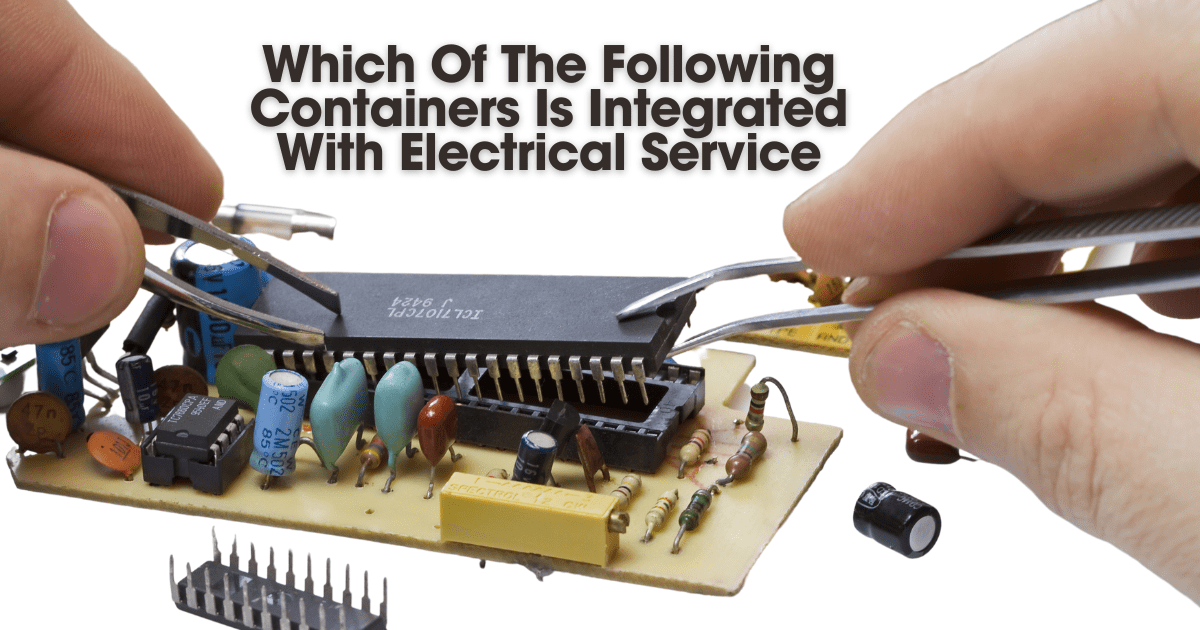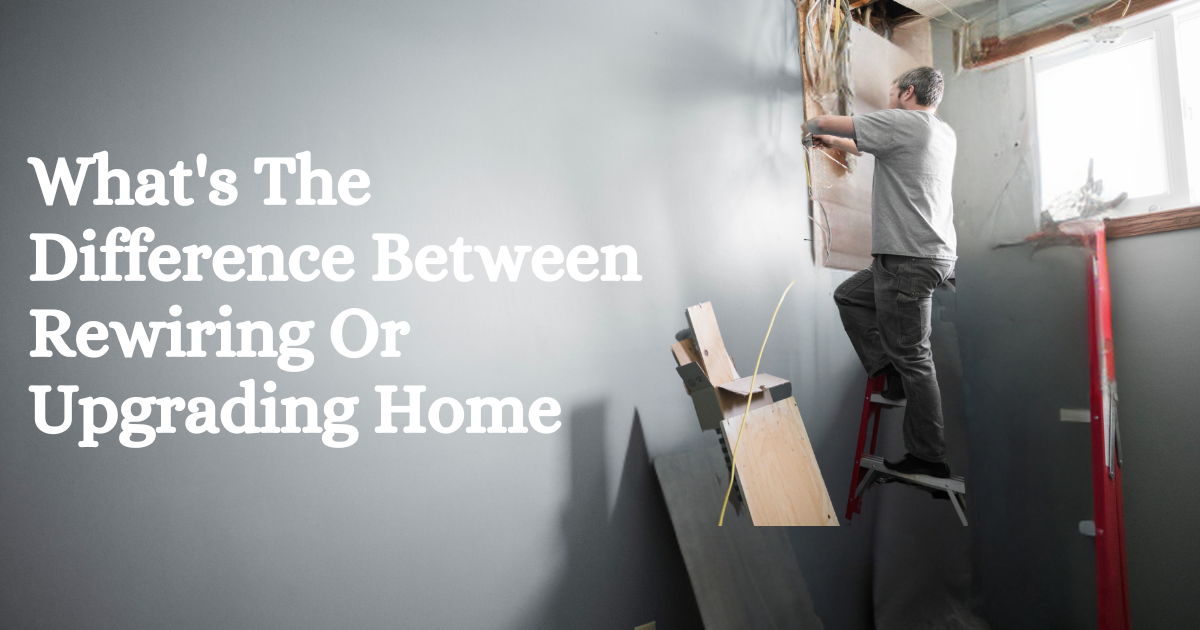Too Many Requests from Your Network
Please complete verification to access this content.
Wiring the Future: A Step-by-Step Guide on How To Install Electrical Wiring in a New House
Embarking on the journey of building a new home brings with it the exciting task of electrical wiring. Proper installation is paramount to ensure a safe and efficient electrical system. In this comprehensive guide, we’ll take you through the essential steps of installing electrical wiring in a new house, turning your blueprint into a fully functional and well-powered home.
Step 1: Designing the Electrical Layout
Before the wires are pulled, meticulous planning is essential. Collaborate with an electrician to design the electrical layout, ensuring outlets, switches, and fixtures are strategically placed to meet your household’s needs.
Step 2: Gather Necessary Tools and Materials
Ensure you have all the tools and materials required for the installation, including wires, cables, electrical boxes, outlets, switches, and circuit breakers. Having everything on hand streamlines the process and avoids unnecessary delays.
Step 3: Install the Service Panel
The service panel, also known as the breaker box, is the heart of your electrical system. Install it in a centrally located and easily accessible area. Connect the main feeder wires to provide power to the entire house.
Step 4: Run Wiring Throughout the House
Carefully run the wiring through the walls, following the planned layout. Secure the wires in place using appropriate staples or clamps to prevent any damage or interference with other construction activities.
Step 5: Install Outlets, Switches, and Fixtures
Place electrical boxes in designated locations for outlets, switches, and light fixtures. Connect the wiring to each device according to the specified configurations. Take care to follow safety protocols and local building codes.
Step 6: Connect Wiring to the Service Panel
Carefully connect each circuit to the service panel, ensuring proper labeling for easy identification. Double-check the connections to avoid any issues with electrical flow or circuit overload.
Step 7: Conduct Wiring Inspection
Before closing up the walls, schedule an inspection to ensure the wiring meets all safety and building code requirements. Address any issues or recommendations provided by the inspector promptly.
Conclusion:
Congratulations, you’ve successfully installed electrical wiring in your new house, setting the stage for a safe and functional home. Remember, safety should always be the top priority when working with electricity. If you’re not confident in your electrical expertise, it’s wise to enlist the services of a licensed electrician. As the walls come together, you’ve not just wired a house; you’ve woven the threads of power that will illuminate and empower the life within it. May your new home be filled with light, energy, and the comforts of modern living.



